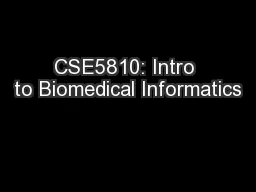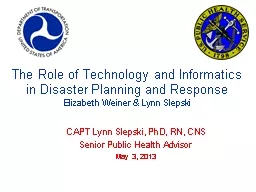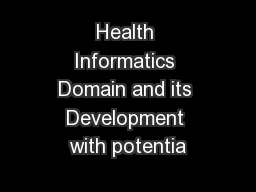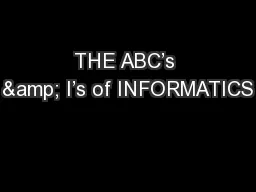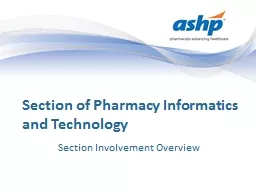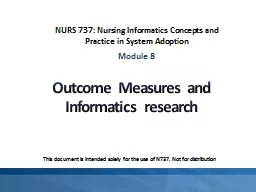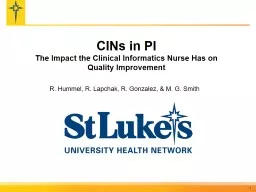PPT-Informatics 43
Author : liane-varnes | Published Date : 2016-08-04
Introduction to Software Engineering Lecture 62 November 5 2015 Emily Navarro Duplication of course material for any commercial purpose without the explicit written
Presentation Embed Code
Download Presentation
Download Presentation The PPT/PDF document "Informatics 43" is the property of its rightful owner. Permission is granted to download and print the materials on this website for personal, non-commercial use only, and to display it on your personal computer provided you do not modify the materials and that you retain all copyright notices contained in the materials. By downloading content from our website, you accept the terms of this agreement.
Informatics 43: Transcript
Download Rules Of Document
"Informatics 43"The content belongs to its owner. You may download and print it for personal use, without modification, and keep all copyright notices. By downloading, you agree to these terms.
Related Documents


